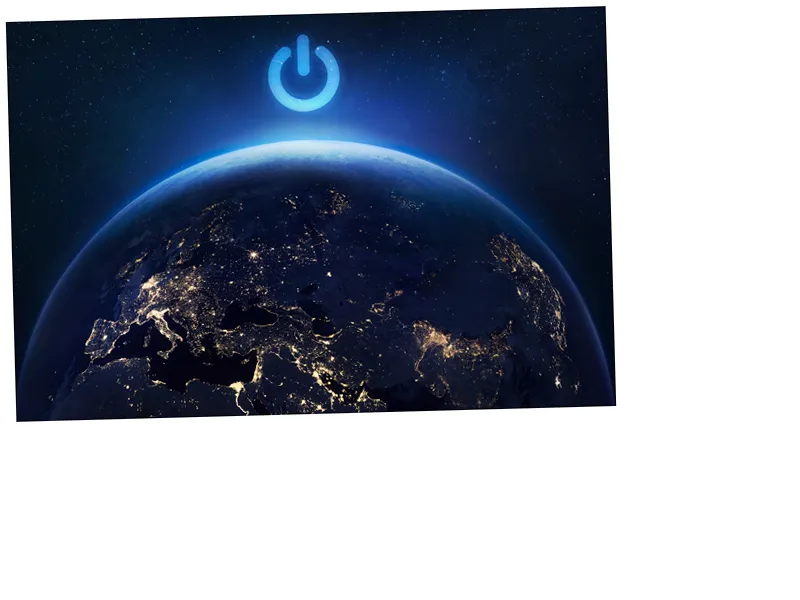Cybersecurity Catastrophe: The July 19 Disruption that Shook the World
On July 19, a routine software update from CrowdStrike, a leading cybersecurity firm, led to an unprecedented global disruption, affecting approximately 8.5 million devices running Windows. This incident, characterized as the largest technical disruption in history, showcased the fragility of our reliance on cloud technology and the internet. Air travel was halted, hospitals faced operational paralysis, and financial institutions struggled to provide services, painting a picture reminiscent of a dystopian film rather than a mere software glitch.
The incident revealed a stark reality: our dependency on digital infrastructure is so deep-rooted that a single line of faulty code can halt modern civilization. With millions unable to access essential services, the implications of this event extend beyond immediate inconvenience and raise critical questions about the concentration of power in the cybersecurity market. As CrowdStrike holds a significant share of this competitive landscape, experts are now scrutinizing the risks associated with having such vital software controlled by a handful of companies.
The Single Point of Failure: A Wake-Up Call for Cybersecurity
The July incident serves as a wake-up call regarding the vulnerabilities inherent in our digital architecture. CrowdStrike's software update not only disrupted services across various sectors but also highlighted the dangers of relying on a single provider for critical technology infrastructure. Experts warn that this reliance creates a 'single point of failure'—a scenario where the failure of one component can lead to widespread disruption.
Drew Bagley, a cybersecurity advisor, previously emphasized the importance of developing resilient digital systems capable of withstanding such failures. Ironically, just a month later, CrowdStrike's update became the very breaking point Bagley cautioned against. As the world grapples with the fallout, it raises an alarming question: Can we afford to depend on a few tech giants, or will this dependency become the Achilles' heel of modern civilization?
- The global cloud services market is heavily dominated by three companies: Amazon, Google, and Microsoft, which collectively account for about two-thirds of the market share. This concentration of power poses significant risks, as evidenced by the recent CrowdStrike incident. If one of these companies experiences a malfunction, the ripple effects can be catastrophic, affecting millions of users and essential services worldwide. With the increasing reliance on cloud services for everything from email to healthcare, the need for robust cybersecurity measures and diversified technology solutions has never been more pressing. Experts advocate for a reevaluation of how organizations manage their IT systems to mitigate the risks associated with single points of failure.






